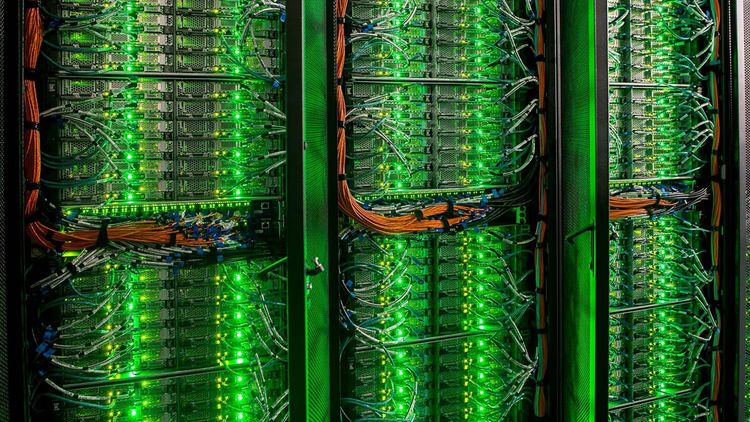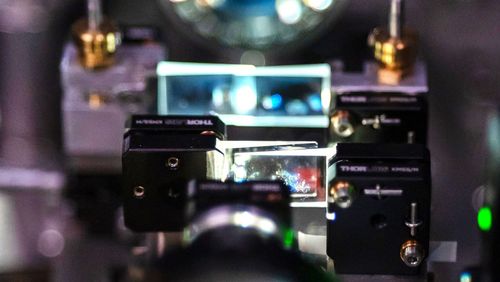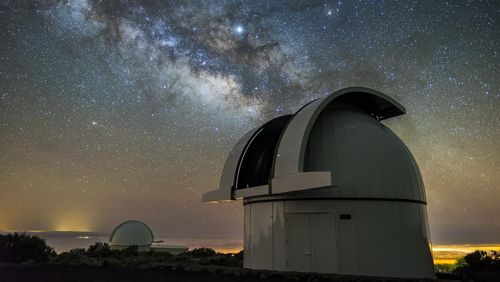Improved computer models are needed to build larger wind turbines and to manage wind farms more efficiently. A new research project led by wind physicist Laura Lukassen paves the way for faster innovation – with the help of Artificial Intelligence.
Numerical simulation calculations are a crucial tool for planning and operating wind turbines, which are continually growing in size. A new collaborative project led by Prof. Dr. Laura Lukassen, a wind physicist at the University of Oldenburg, aims to improve computer modelling in this field: the researchers plan to analyse various physical phenomena on multiple scales and across different timescales using artificial intelligence methods like machine learning. The German Federal Ministry for Economic Affairs and Climate Protection (BMWK) will provide almost two million euros in funding for the MOUSE project (Multiscale and Multiphysical Models and Simulations for Wind Energy) over four years. The Oldenburg branch of the Fraunhofer Institute for Wind Energy Systems (IWES) is also taking part in the project.
The team at the University of Oldenburg plans to use the calculations to develop new methods for operating wind farms and individual turbines to improve their adaptation to changing wind flow conditions. The sub-project at the Fraunhofer IWES will test the suitability of these new methods for application in the wind energy industry. The overall goal is to use the findings of the project to accelerate innovation in wind turbine design and contribute to providing plant operators with a better condition monitoring in the long term.
Massive computing power required
Part of the funding will go towards expanding a high-performance computing cluster which was acquired for the ForWind Centre for Wind Energy Research, a joint institution for researchers from the universities of Oldenburg, Hanover and Bremen, with a grant of approximately 1.5 million euros secured by Lukassen from the Lower Saxony Ministry of Science (MWK) in December 2021. The funding was provided through the European Regional Development Fund as part of the reaction of the Union on the COVID-19-pandemic. "The numerical simulations planned for the MOUSE project require enormous computing power," explains Lukassen, who is Junior Professor for Computational Fluid Dynamics with a special focus on wind physics at Oldenburg.
Numerical simulations calculate approximate solutions to complex physical equations. In the new project, the researchers will investigate atmospheric flows and their interaction with the ocean, also with a focus on aero-elastic deformation of the wind turbines. The calculations will encompass physical processes of various scales, simulating large weather systems covering hundreds of kilometres as well as small-scale turbulences which remain stable for only a few minutes.
"To optimize the quality of the simulations, we combine them with artificial intelligence methods such as machine learning," Lukassen underlines. "The goal is to reduce computing times and enhance the precision of the simulations."





